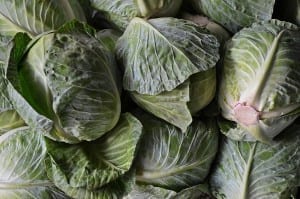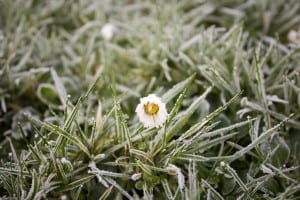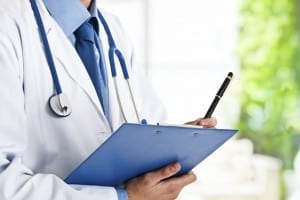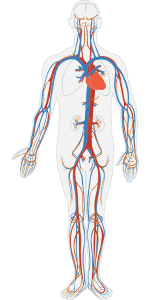 Most of us grew up listening to the chiding of our parents to eat our spinach, collards, or other green leafy vegetables. While most humans are carnivores, the balance required for staying healthy includes consumption of fruits and vegetables that contain the necessary vitamins and minerals. The experts at Orlando vein center, Florida Vein Care, explain why nutrition is so important to maintaining your vein health.
Most of us grew up listening to the chiding of our parents to eat our spinach, collards, or other green leafy vegetables. While most humans are carnivores, the balance required for staying healthy includes consumption of fruits and vegetables that contain the necessary vitamins and minerals. The experts at Orlando vein center, Florida Vein Care, explain why nutrition is so important to maintaining your vein health.
Many people are unaware on how important eating a well-balanced diet is to keeping their circulatory system working in tip-top shape. Dark green leafy vegetables contain high quantities of iron and vitamin K. Both are important factors to maintaining a healthy circulatory system. Turns out our parents were right.
Without subjecting you to a boring chemistry lesson, it is suffice it to say that hemoglobin is a protein in our red blood cells comprised of several components (globulin chains), but one of the most important elements within is the iron atom. The chemical composition of iron gives it the distinct ability to transport oxygen and deliver it to the cells, tissues, etc. as needed. Without oxygen, the cells cannot produce the energy required for us to live. Conversely, iron also has the ability to help with the removal of carbon dioxide and other waste produced in the cells. It’s quite a versatile element.
Anemia can result if iron levels in the blood dip down too low. You do not have to be diagnosed with anemia to experience issues with your circulatory system. If your iron level is not appropriate, the odds are that your blood it isn’t circulating properly because the cell’s production of energy is reduced due to a sluggish oxygen delivery system. Improper circulation weakens the valves in the vein walls and spider and varicose veins can develop. Low iron levels and anemia can have detrimental effects on all aspects of body function, including cognitive function.
So, what causes us to lose iron in our blood? Our red blood cells usually live for two to three months. When they die, our liver and spleen retrieve the iron released and send it to the bone marrow where it is stored and released later back into the blood by the liver. A small portion of iron is lost in this normal process. Bleeding causes the largest loss of iron and women of reproductive years lose more than women older or younger. This factor, once again, lends credence to varicose veins occurring more often in women than in men.
Regular check-ups and blood work can help identify iron deficiency before it affects your circulatory system. The entire staff at our Orlando vein center is here to answer any questions you may have about vein health or symptoms you may be experiencing. Call Florida Vein Care today at 407-805-5959, or complete our online contact form.




